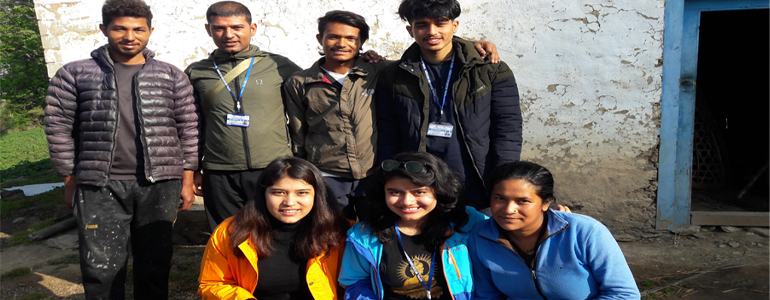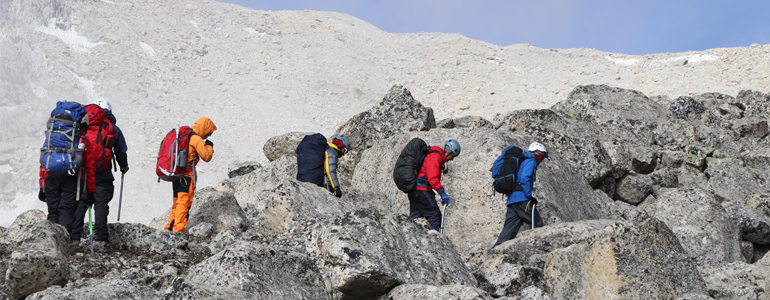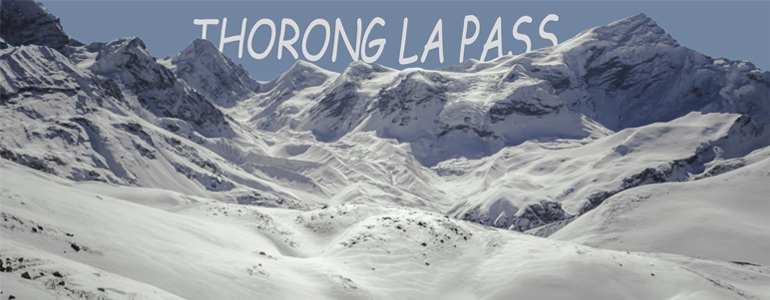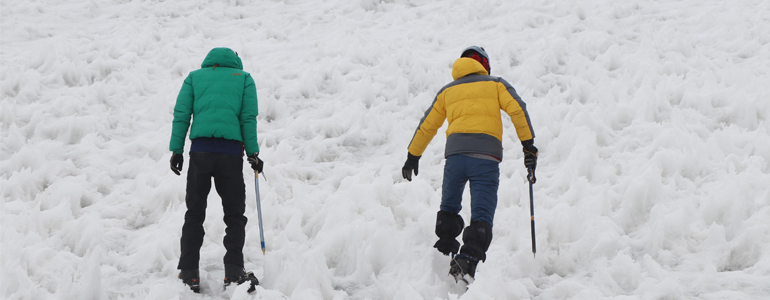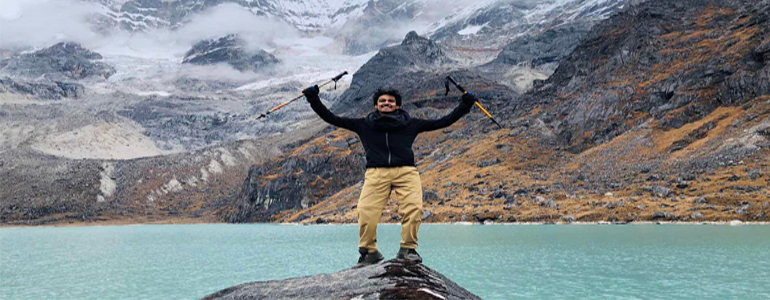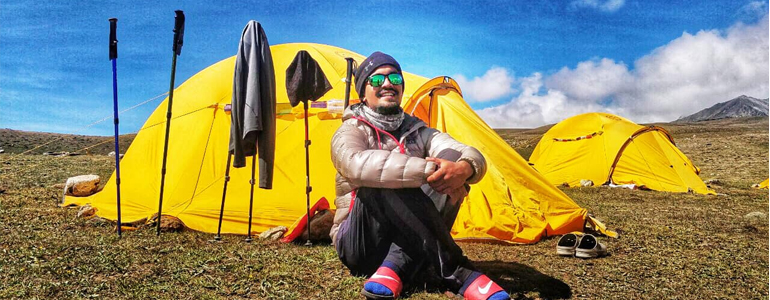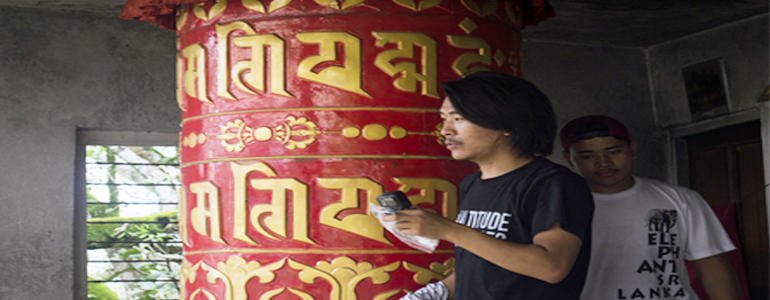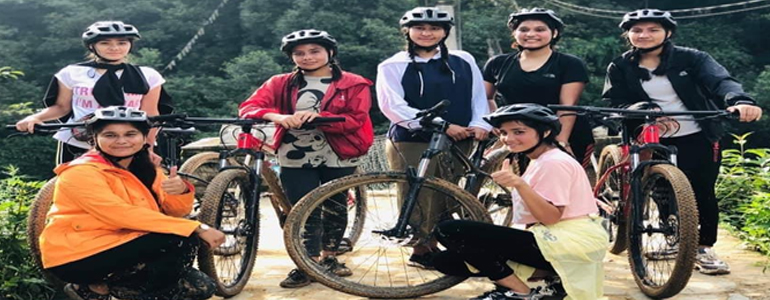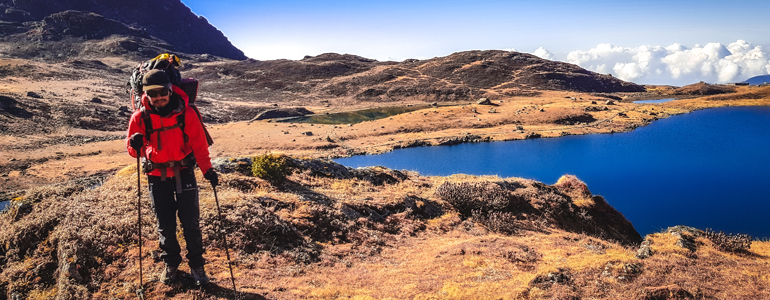Nepal is a country of great geographic, cultural, ethnic, religious and linguistic diversity. Although Nepal occupies only 0.03 % of the total land surface of the earth, the diversity of geographical variation ranges from about 60 meters in the south to 8848 meters in the north at the peak of Mt. Everest. Nepal contains the central part of Himalayas, the highest mountain range in the world. Eight of the fourteen eight-thousanders mountains like Mount Everest, Kanchenjunga, Lhotse, Makalu, Cho-Oyu, Dhaulagiri, Manaslu, Annapurna etc. are located here.
Solukhumbu is one of the Himalayan districts of Province No. 1 of Eastern Nepal. The highest elevation of this district is 8,848 meters i.e. Mt. Everest and the lowest elevation is 600 meters i.e. Tuintar. Garma is one of the remote villages of Solukhumbu district and also one of the gateways to the Everest Base Camp. Garma village of Solukhumbu is rich in its indigenous culture. It consists of three main ethnic groups viz. Sherpa, Newars and Chhetris. The Sherpa are dominant in number. People here live with peace and harmony and despite the existing diversity cultures, they enjoy and celebrate the feeling of communalism together. The main occupation of the Garma natives is agriculture and animal husbandry. Sherpa women play a crucial, and in any respect, a dominant role in resource management, agricultural production and combinedly, agropastoralism.
Culturally, the attire of Sherpa women of Garma is illustrated with a long inner shirt over a pant-like garment, both made out of wool. Over this, they wear a thick, coarse, wraparound robe (Bakhu) that reaches below the knees and fastens at the side. A sash is belted around the waist. Both males and females wear high, woollen boots with hide soles. The uppers are coloured maroon, red, and green (or blue), and the boots are tied on with coloured garters. An unusual feature of women's dress is the multicoloured striped aprons worn to cover the front and back of the bodies below the waist. Both married and unmarried women wear the rear apron, while the front apron is worn only by married women. Various ornaments and a distinctive cap called a Shyamahu completes the dress of a Sherpa woman.
Historically, Nepal has predominantly remained a patriarchal society where women are generally perceived as the subordinate to men. Men were considered to be the leaders of the families and superior to women. Also, social norms and values were biased in favour of men. Due to this reason, women were discriminated and they were deprived of many rights like rights to education, speech, freedom, right to make the decision for self and did not have equal opportunities as men.
In the past century, there has been a dramatic dynamism in the role and status of women in Nepal, thinning the barrier to gender inequality. While the 1990 Constitution guaranteed fundamental rights to all citizens without discrimination on the basis of ethnicity, caste, religion, or sex, modernizing society along with the reach of education to the general population itself has played an important role to promote gender equality. Women are now taking leadership roles and participating in decision making at all levels. In October 2015, Nepal elected its first female president, Bidhya Devi Bhandari. Other famous Nepali women include CNN Hero of the Year winners Anuradha Koirala, Pushpa Basnet, Pasang Lamu Sherpa, Mira Rai, Sushila Karki, so on.
My study reveals that the socio-economic status of women in Garma is low due to the lack of quality education, awareness, health facilities, unfair participation in economic activities etc. As a result, people have superstitious beliefs, gender discrimination still prevalent for example Sherpa women are not allowed to be involved in trekking and other tourism activities even though they are interested as their male family members. They are primarily responsible for taking care of their family members and their household chores like the collection of firewood from forest, water and graze cattle and thus face great difficulty in the mountain terrains tackling with harsh climatic conditions. The women population of Garma is more than the males as many of the males are abroad while others are involved in adventure tourism activities like trekking, mountain climbing due to which the women continue to bear a heavier family burden and are not able to generate income for the family. As a result of this lack of involvement in the tourism industry has led the women to have a below-than-average economic condition.
Despite the fact that one of the routes of Everest basecamp trek is through the village but it is not famous due to the lack of infrastructure and facilities like hotels, lodges, and homestays for trekkers. To improve and the restructure the existing scenario, villagers should be educated and made aware of the benefit they will get. Education is a factor for enlightening people. It is key to empower both men and women and improve their quality of life. Women should have equal access to education and educational opportunities. But in context to Garma, the disparity in education and educational opportunities among men and women exists significantly. Sherpa women educational status is lower than men, most of them have not completed intermediate level. So, another reason of the unfair societal status amongst men and women is the result of educational disparity that, till the date, has shown how backward the women have already been and it seems like the educational gap has now become a very serious issue potentially impacting the future of women empowerment.
However, due to the project of government like the Mountain Training Center in Garma has brought a positive impact on the lives of people. Life of the women has been easier due to this project as basic facilities like electricity and roads have become accessible due to the establishment of the Mountain Training Center in Garma. They even have gotten a chance to earn some money by helping in the construction work for the Training Center. This project is seen as a potential milestone of improving the status of people by proving education, training, health services, and income-generating source.
It is an utmost necessity to help foster the growth of relative independence, self-sufficiency, decision making and active participation of women in the tourism sector, especially in villages like Garma of Nepal by educating, encouraging and self-empowerment trainings along with the establishment of hotels, homestays should be focused by the government as well as private sectors. Also, the economic status of Sherpa women is calculated to improve if provided with necessary trainings to those women who belong to low-income, unskilled or semi-skilled.
The gender equality in tourism industry concerning the participation of women at both decision making and implementations in a context where more than 50% of the entire population is constituted by women in Nepal is of great concern. Women are crucially important in all these sectors. The tourism sector is one of the prospected three-pillar economic systems of Nepal with competitive and comparative advantages. There must be considerations to fulfil this gender gap in tourism both quantitatively and qualitatively.


